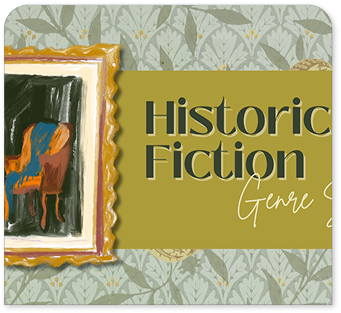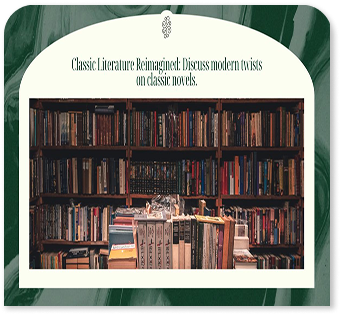-
Mon-Fri: 10AM to 8PM 01722665665
-
My Account
-
-
0
Total :
₹ 0.00

Yes, the book covers historical art forms like Mughal miniatures and Rajasthani paintings, as well as modern Indian art and living traditions like Warli and Gond paintings.
The book explores the rich history and evolution of Indian painting traditions, covering manuscript paintings, regional schools like Rajasthani and Mughal, and modern Indian art.
Absolutely! The book is designed to provide a comprehensive introduction to Indian painting traditions, making it accessible to beginners.
The book covers various schools, including Rajasthani, Mughal, Deccani, Pahari, and Bengal schools, as well as modern and folk art traditions.
Yes, Chapter 8 focuses on living art traditions like Mithila, Warli, Gond, and Pithora paintings.
Chapter 3 delves into the Mughal school of miniature painting, exploring its style, evolution, and impact on Indian art.
Yes, the structured chapters and detailed coverage of various painting traditions make it an excellent resource for art history students.
The description doesn’t mention specific activities, but the detailed chapters suggest it could be used for classroom discussions and assignments.
Chapter 5 explains how Pahari paintings, created in the Himalayan region, reflect the natural beauty and cultural ethos of the hills.
The book emphasizes regional diversity by covering schools like Rajasthani, Deccani, and Pahari, each with its distinct style and cultural context.
No Description Added
Yes, the book covers historical art forms like Mughal miniatures and Rajasthani paintings, as well as modern Indian art and living traditions like Warli and Gond paintings.
The book explores the rich history and evolution of Indian painting traditions, covering manuscript paintings, regional schools like Rajasthani and Mughal, and modern Indian art.
Absolutely! The book is designed to provide a comprehensive introduction to Indian painting traditions, making it accessible to beginners.
The book covers various schools, including Rajasthani, Mughal, Deccani, Pahari, and Bengal schools, as well as modern and folk art traditions.
Yes, Chapter 8 focuses on living art traditions like Mithila, Warli, Gond, and Pithora paintings.
Chapter 3 delves into the Mughal school of miniature painting, exploring its style, evolution, and impact on Indian art.
Yes, the structured chapters and detailed coverage of various painting traditions make it an excellent resource for art history students.
The description doesn’t mention specific activities, but the detailed chapters suggest it could be used for classroom discussions and assignments.
Chapter 5 explains how Pahari paintings, created in the Himalayan region, reflect the natural beauty and cultural ethos of the hills.
The book emphasizes regional diversity by covering schools like Rajasthani, Deccani, and Pahari, each with its distinct style and cultural context.


